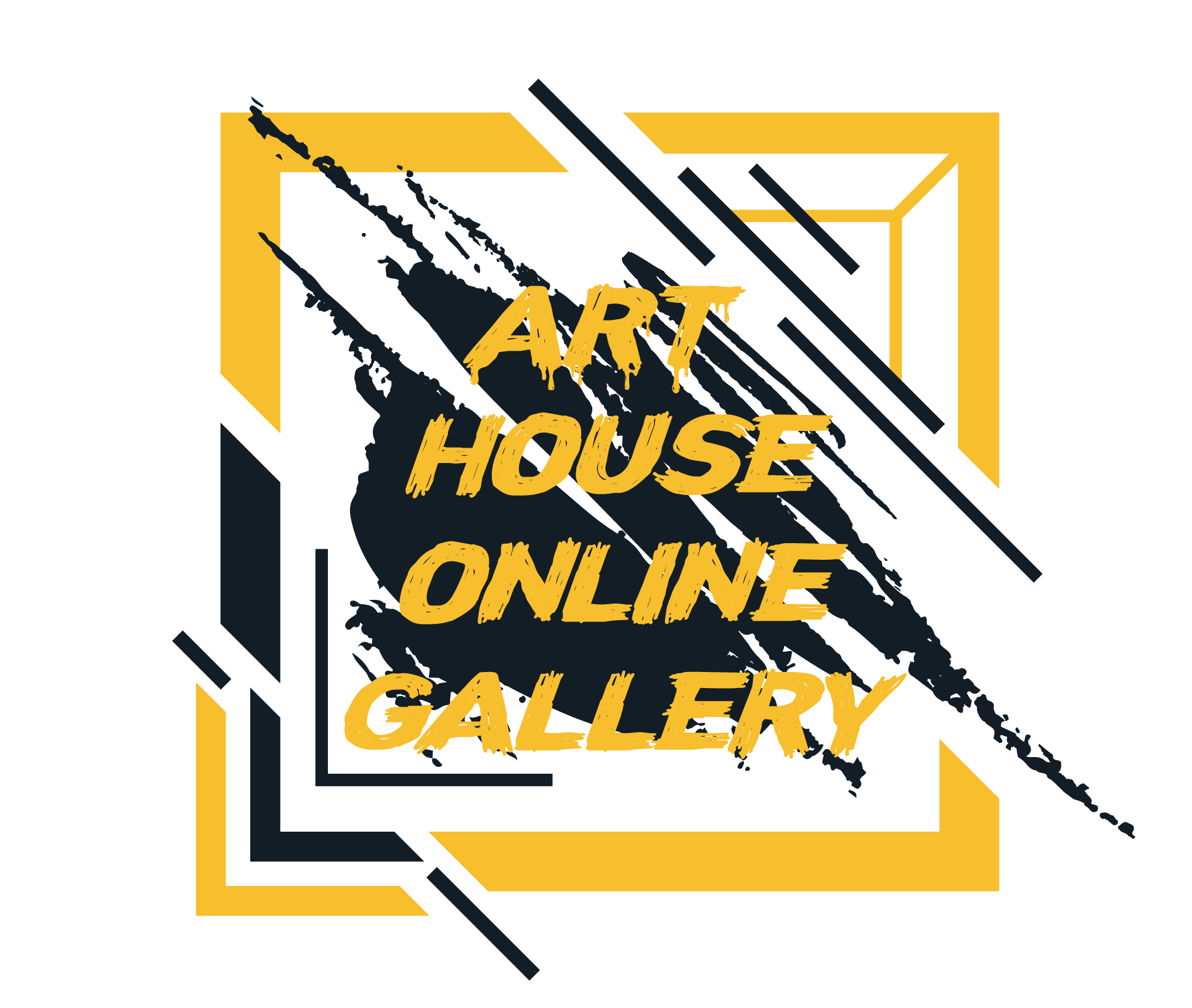Digital animation
Digital animation is a versatile art form that involves creating moving images using digital technology. It encompasses a wide range of techniques and styles, from traditional hand-drawn animation to 3D computer-generated imagery (CGI). Here’s an overview of the process of creating digital animation:
- Concept and Storyboarding: Like any animation project, digital animation begins with a concept or idea for a story. Artists often start by sketching out rough storyboards to plan the sequence of events and visual elements in the animation.
- Digital Tools: Digital animation relies on various software tools and techniques to create and manipulate images. These can include drawing and painting software for creating 2D animations, as well as 3D modeling and animation software for creating 3D animations.
- Animation Techniques:
- 2D Animation: In 2D animation, artists create individual frames or drawings and sequence them together to create the illusion of movement. This can be done using traditional frame-by-frame animation techniques or with digital tools that allow for more efficient workflows, such as tweening and rigging.
- 3D Animation: 3D animation involves creating and manipulating three-dimensional objects and characters in a virtual environment. Artists use 3D modeling software to create the objects and characters, then animate them by manipulating their digital “puppets” or skeletons.
- Motion Graphics: Motion graphics combine animation with graphic design principles to create dynamic and visually engaging compositions. This can include animated typography, logos, and visual effects for videos, presentations, and multimedia projects.
- Stop Motion: Stop motion animation involves capturing individual frames of a physical object or scene and sequencing them together to create movement. While traditionally done with physical models and puppets, stop motion techniques can also be applied in digital animation using software tools.
- Timing and Motion: Artists use principles of animation such as timing, spacing, and easing to create natural and believable movement in their animations. This involves carefully choreographing the movement of characters and objects to convey weight, momentum, and emotion.
- Sound Design and Editing: Sound design plays a crucial role in digital animation, adding depth and realism to the visual elements. Artists may create or edit sound effects, dialogue, and music tracks to synchronize with the animation and enhance the overall storytelling experience.
- Rendering and Exporting: Once the animation is complete, it is rendered into a digital file format suitable for viewing or distribution. This process can involve optimizing the animation for different platforms and devices, such as web browsers, mobile apps, or streaming services.
Digital animation offers artists unprecedented creative freedom and flexibility, allowing them to explore imaginative worlds and bring their stories to life with stunning visuals and dynamic motion.

